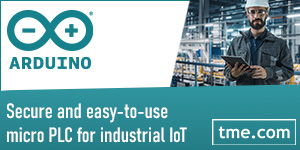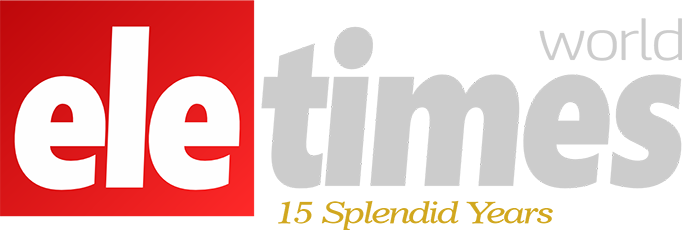Change may be a constant in any industry, but the grid and energy industries are experiencing a revolutionary change they have never seen. The grid and energy industries are in the midst of a significant transformation, referred to as grid modernization, driven by the integration of cutting-edge technologies like telecommunications, distributed energy resources, battery storage, solar power, and the ever-present concern of cybersecurity. This fundamental shift presents both challenges and opportunities that will reshape how the world generates, distributes, and consumes electricity.
History of grid modernization
The traditional process that the grid and energy industries have utilized goes back to the late 19th century with the establishment of the first industrial power plants. In the early 20th century, the grid rapidly expanded, but with a focus on centralized power generation using fossil fuels and long-distance transmission lines. The power sources for energy expanded throughout the 20th century to include nuclear, hydroelectric, and some renewables, but the grid and energy industries continued to be separate, isolated entities until the 21st century.
The push for grid modernization came as concerns rose about aging infrastructure, increasing blackouts, and rising environmental impact. In 2003, the United States Department of Energy created dedicated offices to address grid reliability and security. The past two decades have seen a dramatic rise of renewable energy sources like wind and solar and pushes for grid upgrades to handle fluctuating power generation. Grid modernization strives to tackle these problems to ensure a better system moving forward.
Key aspects of grid modernization
Grid modernization is focused on transforming the current electricity delivery system to meet the demands of the 21st century and beyond. Key aspects of this transformation include:
- Integration of renewables: A core focus is on smoothly bringing renewable energy sources like solar and wind into the power generation mix. This often requires upgrades to handle the variable nature of these power sources.
- Smart grid technologies: The Smart Grid concept involves using digital technology to monitor, control, and optimize the flow of electricity. This includes smart meters for consumers and advanced grid management systems for utilities.
- Infrastructure improvements: Aging grid systems need upgrades to improve reliability and efficiency. This can involve replacing outdated equipment, strengthening transmission lines, and investing in new technologies for power distribution.
- Consumer management: Modernization aims to give consumers more control over their energy use. This might involve tools for monitoring consumption, participating in demand-response programs, and even generating their own power.
- Resilience and security: The grid needs to be more resistant to outages caused by weather events, cyberattacks, and other threats. This involves building redundancy and implementing advanced security measures.
Overall, grid modernization is a complex undertaking with far-reaching impacts. The goal of this process is to pave the way for a more reliable, efficient, secure, and environmentally sound electricity system for the future.
Challenges of grid modernization
Grid modernization is a necessary step towards a more sustainable and efficient energy future, but it is not without its hurdles to overcome. Some of the challenges that come with this transformation include:
- Cost: Upgrading the power grid requires significant investment in new technologies, infrastructure, and cybersecurity measures. Utilities need to find ways to finance these improvements while keeping electricity affordable for consumers.
- Variability of renewables: Renewable energy sources like solar and wind are variable in their output. The grid needs to be able to handle these fluctuations without compromising reliability.
- Interoperability: Modernization often involves integrating equipment from new technology sources. Ensuring seamless communication and utilization between new and legacy systems requires common standards and protocols, which are still being developed.
- Cybersecurity: A more digital grid with new data sources creates increasing vulnerabilities to cyberattacks. Robust security measures are essential to protect critical infrastructure.
- Regulation: The regulatory framework needs to adapt to support grid modernization efforts and incentivize investment and adoption of new technologies
Opportunities with grid modernization
While grid modernization presents a complex challenge, the potential benefits are significant. Overcoming the hurdles and capitalizing on these opportunities creates numerous advantages, including:
- Clean energy integration: A modernized grid can efficiently integrate renewable energy sources, reducing global reliance on fossil fuels and combating climate change.
- Consumer empowerment: Consumers can gain more control over their energy use through smart meters and demand-response programs, leading to increased participation in the energy market, potentially even selling excess power back to the grid.
- Improved grid reliability and efficiency: Modernization can lead to fewer power outages, reduced energy losses, and a more efficient overall system.
- Economic growth: Investment in a modern grid will drive economic growth and the creation of new jobs in areas like renewable energy technologies, grid construction, and cybersecurity solutions.
- Innovation: Modernization opens doors for innovation in areas like energy storage, distributed generation, data analytics, cybersecurity, and telecommunications.
The Road Ahead
The transformation of the grid and energy industry is complex and ongoing. Collaboration between utilities, technology companies, policymakers, and consumers are essential to overcome the challenges and seize the opportunities presented by grid modernization. By investing in infrastructure upgrades, developing innovative technologies, and prioritizing cybersecurity, the world can create a more resilient, efficient, and sustainable energy future.
Key to this transition will be the integration of five key technology areas: telecommunications, distributed energy resources, battery storage, solar power, and cybersecurity.







